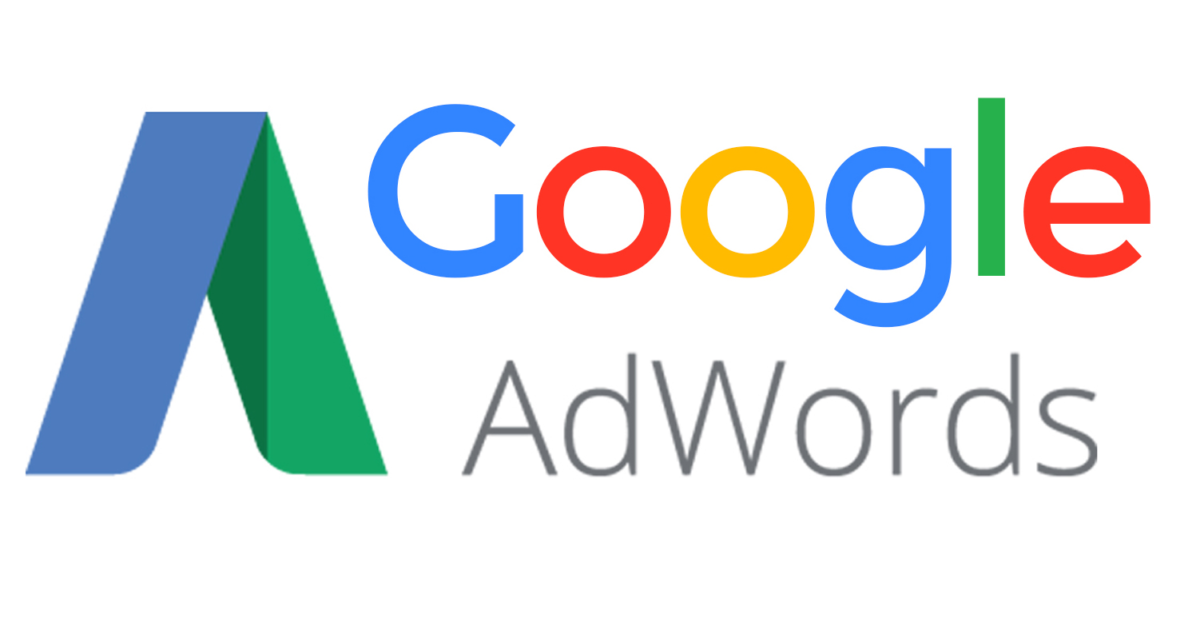Google has been fined a record-breaking sum of €2.4b for violating European antitrust law (European Commission, 2017). Commissioner Margrethe Vestager, in charge of EU competition policy said that “Google has come up with many innovative products and services that have made a difference to our lives” but that the company “abused its market dominance as a search engine by promoting its own comparison shopping service in its search results, and demoting those of competitors” (Boffey, 2017). Google officially responded, stating that: “When you shop online, you want to find the products you’re looking for quickly and easily. Also advertisers want to promote those same products” (Boffey, 2017).
But how did Google become so powerful that they could influence the market so severely? The first crucial observation is that people spend more time online than offline (Davies, 2017). Consequently, companies allocate more resources to online advertisements because they want to spend their advertising money where users spend their time (Forbes, 2015). Google used new technical possibilities as a leverage to capitalize on this trend towards online advertising. First, by enabling advertising companies to track consumers’ behavior on their website and their potential conversion to a sale, companies were able to accurately measure the effects of their ad and target more relevant users. Second, advertisers only pay per impression or click for the ad, ensuring a higher Return on investment (Google, 2017). Online ads therefore become much more attractive to advertisers compared to traditional media.
The ads themselves are sold in a sealed bid second price auction (Vickrey Auction). With prices for Google online ads starting at as little as 1 cent, Google also served those who could not afford the high monetary requirements for traditional advertisement. This low price strategy allowed any company in the world to target any customer and removing all time and location constraints. The result of serving the unserved is a low-end disruption of the traditional advertising industry (Rachleff, 2013).
When a consumer searches something online, his query is matched against keywords and the right ads will be shown. Leaving the consumer with a great browsing experience. On the other end of the value chain, the advertisers are satisfied because optimal targeting increases their ROI and Google is happy because it is generating more revenue.
For the future, it can be expected that as technology and other external factors, such as regulatory constraints further develop, the advertising market will continue to evolve. Market players will react by creating new technologies and acquire emerging companies. However, it is expected that the current „duopoly“ between Facebook and Google continues to exist in the midterm because both companies put an equivalent amount of effort into acquiring new data sources.
Youtube Link: https://youtu.be/X21JhFFVD90
References
Boffey, D. (2017). Google fined record €2.4bn by EU over search engine results. the Guardian. Retrieved 13 October 2017, from https://www.theguardian.com/business/2017/jun/27/google-braces-for-record-breaking-1bn-fine-from-eu
European Commission – PRESS RELEASES – Press release – Antitrust: Commission fines Google €2.42 billion for abusing dominance as search engine by giving illegal advantage to own comparison shopping service. (2017). Europa.eu. Retrieved 13 October 2017, from http://europa.eu/rapid/press-release_IP-17-1784_en.htm
Forbes Welcome. (2017). Forbes.com. Retrieved 13 October 2017, from https://www.forbes.com/sites/greatspeculations/2015/09/28/trends-in-global-advertising-industry-winners-and-losers-part-1/#5c61ef1750ac
Google ads now self-serve. (2017). CNET. Retrieved 13 October 2017, from https://www.cnet.com/news/google-ads-now-self-serve/
Google Launches Self-Service Advertising Program – News announcements – News from Google – Google. (2017). Googlepress.blogspot.nl. Retrieved 13 October 2017, from http://googlepress.blogspot.nl/2000/10/google-launches-self-service.html
Malone, T.W., Yates, J., and Benjamin, R.I. 1987. Electronic Markets and Electronic
Hierarchies. Communications of the ACM 30(6) 484-497.
Setting Up Conversion Goals – Urchin Help. (2017). Support.google.com. Retrieved 13 October 2017, from https://support.google.com/urchin/answer/2618249?hl=en
The global state of digital advertising in 5 charts – Digiday. (2017). Digiday. Retrieved 13 October 2017, from https://digiday.com/uk/global-state-digital-advertising-5-charts/
What “Disrupt” Really Means. (2017). TechCrunch. Retrieved 13 October 2017, from https://techcrunch.com/2013/02/16/the-truth-about-disruption/

